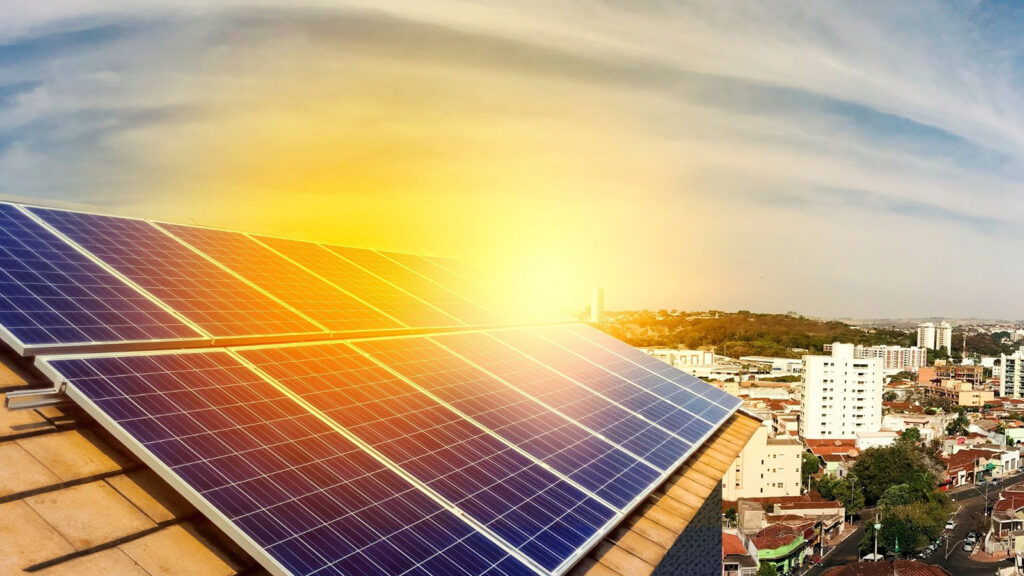The composition of photovoltaic panels is a technological product consisting of cell, EVA backing, glass panels and other components pressed together. Everyone should pay attention to the protection of PV panels during the process of purchase and transportation and installation, otherwise it will cause the breakage of the glass of PV panels, which will lead to unnecessary loss of cost. Then this article will list some of the reasons that will cause the glass backsheet of photovoltaic panels to break, in order to cause everyone to pay attention to the protection of photovoltaic panels.
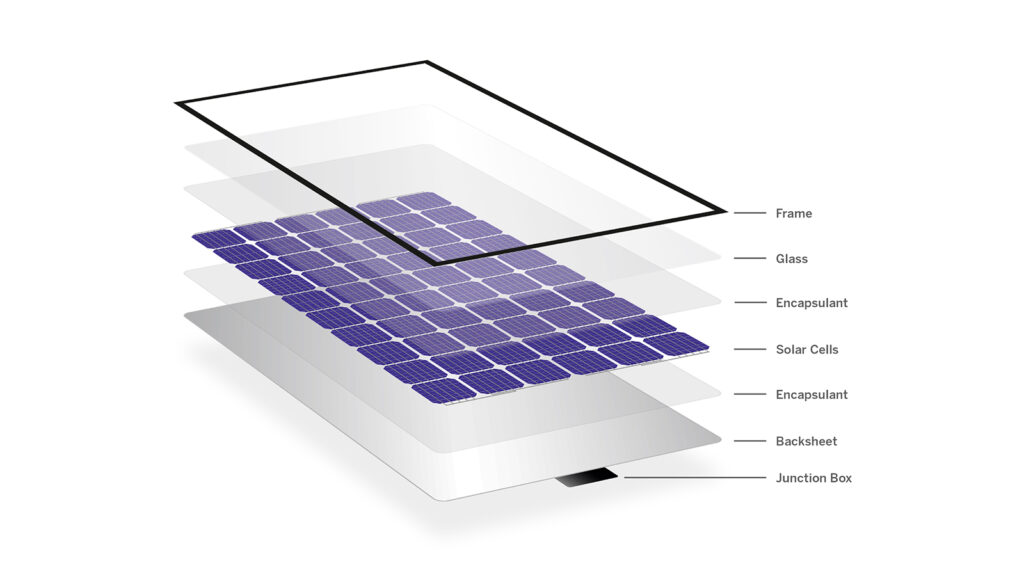
Characteristics of photovoltaic glass panels:
Photovoltaic glass has a high solar transmission ratio, low absorption ratio, low reflection ratio and high strength. The quality of photovoltaic glass directly determines the product performance, efficiency and life of photovoltaic modules, so the technical certification of photovoltaic glass is more stringent and complex.
Reasons for glass backsheet cracking:
1. Construction factors
During the operation of photovoltaic, handling photovoltaic modules in the process, the surface of the components accidentally encountered sharp objects.
The construction and installation of the power station construction period is not standardized, bumping components.
When adjusting the installation position of the PV module, the wrong method of knocking the module is used.
2. Environmental factors
Mountain photovoltaic power station due to the complexity of the terrain, the mountain has fallen rocks fall, hitting the component glass.
Part of the land nature is soft, bracket foundation sinking, resulting in bracket deformation, due to bracket through the pressure block and component fixed, the component is subject to stress, the edge frame extrusion caused by glass shattering.
There are sandstorm bad climate places, if the whole bracket foundation is not particularly solid, the components are easy to be lifted up, after falling caused the whole glass shattered.
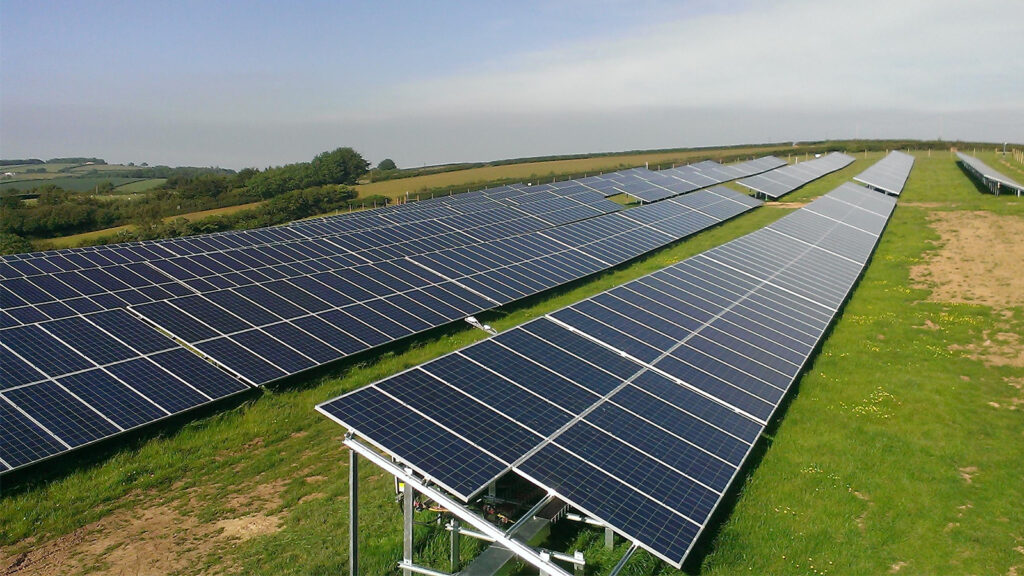
3. Component factors
Components are made of tempered glass, there is a certain self-destruct rate. In addition, if there are quality defects, such as stones, impurities, bubbles and other defects, especially impurities in the glass, is the weak point of tempered glass, is also a stress concentration, thermal expansion and contraction of the harsh environment, prone to self-explosion; despite this, the industry also has some conventional wisdom, part of the battery component manufacturers to face the objective reality, allowing glass suppliers to provide tempered glass has a certain rate of self-explosion (generally 0.03%).
In addition, if there is a hot spot effect inside the module, resulting in high local temperature, long-term down the module glass will also produce self-explosion.
4. Other factors
Installed in the countryside and rural photovoltaic projects, distributed power plants, etc., there are often children playing and playing in the vicinity, may cause the glass to break.
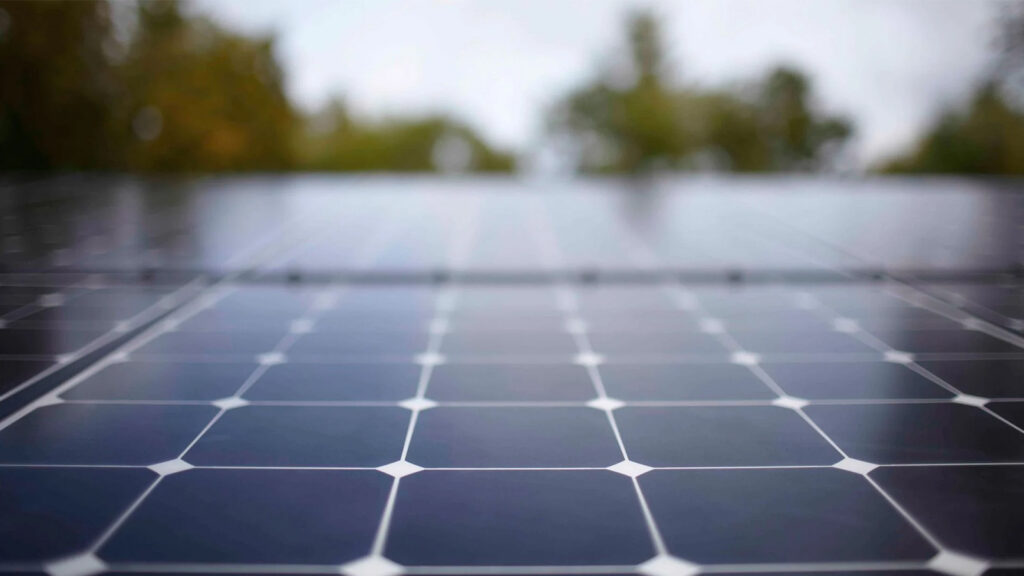
The danger of broken glass backsheet
After the glass is broken, the safety protection performance of the PV module is reduced, and water vapor, moisture and rainwater can easily enter and cause internal short circuit, which seriously affects the operation safety of the power station.
Maysun Solar produces PV modules with specially toughened glass. The tempering of the glass is to increase the strength of the glass to resist the impact of wind, sand and hail, and to play a role in long-term protection of solar cells. Tempering of panel glass is done by heating the glass to about 700°C in a horizontal tempering furnace and cooling it quickly and evenly using cold air to create uniform compressive stress on the surface and tensile stress on the inside, effectively improving the bending and impact resistance of the glass. After tempering the panel glass, the strength of the glass can be increased by 4 to 5 times compared to ordinary glass.
Maysun, as a professional PV module manufacturer with 15 years of experience, has a wide range of high strength PV panels, welcome to click the button to inquire or browse our products.
You may also like:
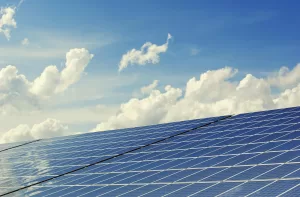
Which solar modules perform better under high summer temperatures?
Can high summer temperatures reduce the power generation efficiency of solar modules? This article compares the performance of HJT, TOPCon, and IBC modules under high temperatures to help you make informed choices and optimize your return on investment.

Structural Risks and Component Adaptation Strategies for Commercial PV Deployment under Extreme Weather Conditions
A comprehensive analysis of the structural risks and component configuration strategies for commercial and industrial PV systems under extreme weather conditions, helping businesses enhance system stability and long-term energy yield.

How Can Photovoltaics Help Businesses Cut Peak Electricity Costs During Summer Price Spikes?
How Can Businesses Use Photovoltaic Systems to Address Summer Electricity Price Peaks? This article provides cost-saving calculations, suitability conditions, and technical selection recommendations.

How to Detect Hotspots and PID Effects in PV Modules to Prevent Long-Term Losses?
How to identify and respond to hotspots and PID effects in PV modules? This article focuses on the European market, combining detection technologies, real-world cases, and protection strategies to provide developers and investors with reliable loss warnings and yield protection solutions.

How to Choose the Most Suitable Solar Panels for Commercial and Industrial Use in 2025
How can commercial and industrial projects choose the right solar panels in 2025?
This article provides a systematic comparison of mainstream panel types such as TOPCon, HJT, and IBC, analyzing their advantages, disadvantages, and suitable applications. It aims to help businesses make accurate selections based on specific project conditions, thereby improving long-term energy output and return on investment.

After the Iberian Blackout How Can Enterprises Reshape Their Energy Security Systems
The 2025 Iberian blackout drew widespread attention across Europe. This article analyzes grid vulnerability, enterprise energy risks, and the deployment path of “solar + storage + EMS” systems to help businesses build a controllable and secure energy structure.

